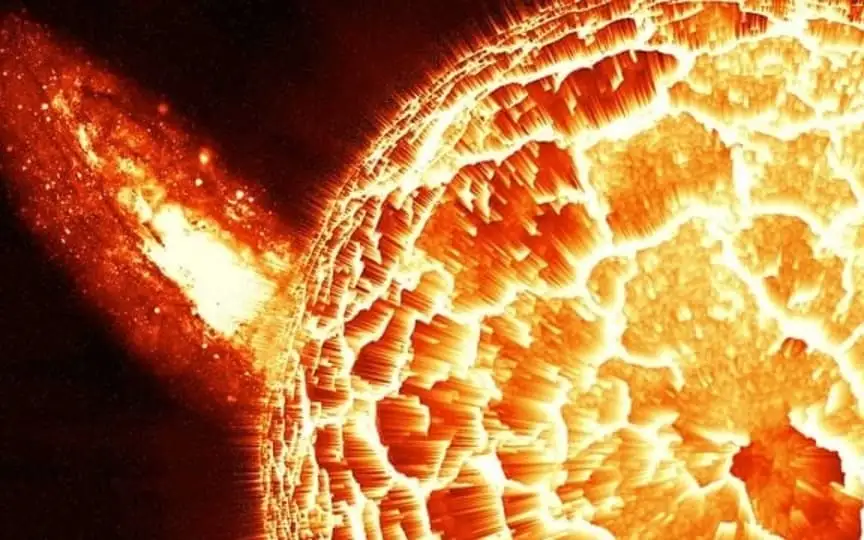Earth Experiences G1-Class Geomagnetic Storm Following CME Impact
NASA and ESA utilize a range of instruments to gauge solar activity’s impact on Earth, with the Solar and Heliospheric Observatory (SOHO) being a prominent tool. Since its launch in 1995, SOHO has been equipped with 12 scientific instruments, including the Extreme Ultraviolet Imaging Telescope (EIT), Michelson Doppler Imager (MDI), and LASCO (Large Angle and Spectrometric Coronagraph). SOHO’s capabilities encompass capturing images of the sun’s corona, measuring the sun’s surface velocity and magnetic fields, and observing the sun’s faint corona.
With such advanced technology, forecasters have revealed that a CME recently hit the Earth and caused a large jolt that caused the geomagnetic storm today.
CME hits the ground
According to a report by spaceweather.com, National Oceanic and Atmospheric Administration (NOAA) forecasters have revealed information about the CME that hit Earth yesterday, July 16th. Shockingly, this CME was predicted to impact the planet today, but it hit prematurely. planet. It produced a large shock measured at 20 nT by the US Geological Survey magnetometer located in Fredericksburg, Virginia. For the uninitiated, nT stands for nanotesla and is the SI unit used to measure magnetic flux density.
A G-1 class geomagnetic storm could also be on the cards as a result of this CME strike. The space weather report states: “Arriving a full day earlier than expected, the CME struck Earth’s magnetic field on July 16. A G1 geomagnetic storm is now underway.”
Are G1 geomagnetic storms dangerous?
According to NASA, when a solar storm interacts with the Earth’s magnetic field, it leads to the formation of geomagnetic storms. Category G1 geomagnetic storms are considered minor storms and usually do not cause much damage. Such magnetic storms may not be strong enough to affect mobile networks or damage satellites, but they can still cause radio outages and interfere with GPS signals. While geomagnetic storms affect technology, they are also the reason behind the spectacular green streaks of light in the sky known as the Northern Lights or Aurora Borealis.
Things can get worse if these CME clouds pick up the solar wind on their way, and together with them cause terrifying solar storms.




